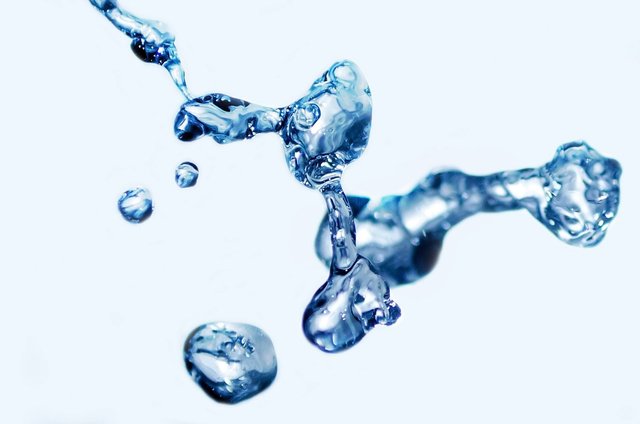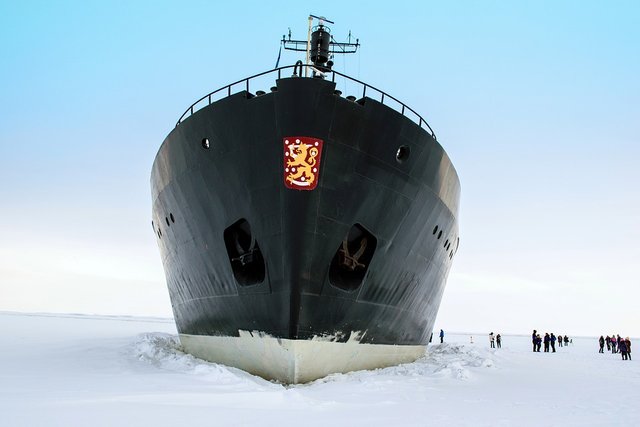What must be known about the Statics of the fluid

Fluid, source of image of pixabay
In reference of the pressure, the effect of a force depends on the surface on which they act. The magnitude that they characterize according to the surface in which they act is named a pressure, this magnitude is defined from the relation inform force and the surface and one measures for the quotient between both, major when it is the force and minor is the surface on the one that acts, major will be the exercised pressure.
Next we have the following contribution on the thickness of the fluids.
The thickness of a body is the relation that exists between the mass of the same one divided by his unit of volume.
Thickness (p) = mass / volume.
In the international system of units of the water it is of 1000kg/m%3 to a temperature of 4°C.
The relative thickness of a body is a number adimensional established by the relation between the weight of a body and the weight of an equal volume of a substance that takes as a reference. The solid ones and the liquid ones take as reference to the water to a temperature of 20°C, whereas the gases refer to the air to a temperature of 0°C and ambience of pressure, as conditions normally or standard.
The following appointment was taken of the book:
Mechanics of the fluids and hydraulic for Jaime Ernesto Díaz Ortíz – 2006; page 9.
It is necessary to take in account, which in this field fulfills several prices, to the moment to apply a force on the solid one, his effect is distributed according to it intense that is the forces of union with regard to the applied force, with which the block will move itself as everything or will be deformed in major or to a lesser extent. In a fluid, which particles can move with major freedom, there is established a property known with the name of beginning of pascal: on having applied a pressure on a fluid, already be liquid or a gas, it is transmitted by the same intensity to all the points of the fluid and likewise in all directions.

the icebreakers use the engines in order to manage to load the weight of the ship on the ice and that, on having applied it on a narrow keel, transmits a big pressure on that one, source of image of pixabay
Using this beginning it is possible to modify forces, generally to increase them, as in the brakes, a hydraulic elevators and press. If a force is applied on one determined sucker, which closes a volume that contains fluid, the pressure created in the first sucker by the application of force is transmitted up to the second sucker of different surface.
As for the force in the second sucker it will be so many times major or minor, since it it is the second surface with regard to the first one, since in a fluid, the pressure in a submerged point will depend on the vertical distance, which exists between he and the top level of the fluid and not of the fluid that one finds materially on him. Two points that are at the same level receive the same pressure, in case of not being like that, which was submitted to a major pressure would sink and would provoke an elevation of the one that is to minor pressure.
what I want to giving to understand is that the fundamental beginning of the hydraulics, is to guarantee that the pressure between two points of a fluid at different level of height of each of them and to the specific gravity of the fluid. This beginning is fulfilled for any liquid fluid which volume does not change with the pressure, in case of the gases for the opposite, the pressure provokes a decrease, from what the specific gravity of these changes according to the pressure to which they are submitted.
A consequence of the fundamental beginning is the fact, the fact is that the surface of the liquids at rest is flat. Of similar form, if we have communicated receptacles, that contains the same liquid, the height that reaches in each of them is the same anyone that it is the form of the receptacles and whenever they are communicated by the exterior air.
Also we have the case, where of being I liquidate differently and at the same time inmiscible, the height in each of the receptacles, it will depend on the relation that exists between the respective weight specific, in such a way that the pressure that the different columns of liquid exercise, on the surface of contact is the same.
A body got in a fluid finds submitted in every point to the pressure hydrostatics corresponding to the level to which it is plunged. The force that they produce to themselves in these pressures must give the resultant one, which calculation they can be much complicated according to the form of the body, considering the beginning of Arquímedes, forces where he affirms that, on having immersed a body in a fluid, he exercises this one on that one a up equally to the weight of the fluid, which has been displaced by the body.
The most common example is this case it is that of a ship and the navigation of a submarine, also the case of the navigation of the balloons.
Now we focus in reference of the atmospheric pressure, where the air that surrounds us is a gas and expires with the beginning of the hydrostatics, since any point immersed in air remains submitted a pressure due to the air that stays superficially. The pressure produced by the ambience was demonstrated by Torriceli, who placed a pipe full of mercury in inverted position, with his closed end up and his mouth got in a receptacle with mercury, so that it was not bringing in air to the pipe, the difference of pressure it supports a level inside the pipe of approximately 76 cm over the exterior level of the receptacle, which is exposed to the atmospheric pressure.

The beginning of Arquímides is explained by the functioning of the air balloons, source of image of pixabay
Due to the movements of the air and the changes of temperature and of the composition of the air, the pressure does not keep level constant in the same point of the ground, not with the same value in a moment determined in everything the points, with identical, where his value, any more changes in the time it is an indicator of the state of the ambience.
Espero who is of his taste and educationally, I say goodbye giving him greetings to the communities of #curie, #stemng .
bibliographical Source used in this opportunity:
Mechanics of the fluids and hydraulic for Jaime Ernesto Díaz Ortíz – 2006.
Mechanics of fluids: essentials and applications for Yunus A. Çengel, John M. Cimbala – 2006.
Mechanics of fluids: Brief theoretical introduction with problems solved by Bergada Grañó, Josep Maria – 2012.

